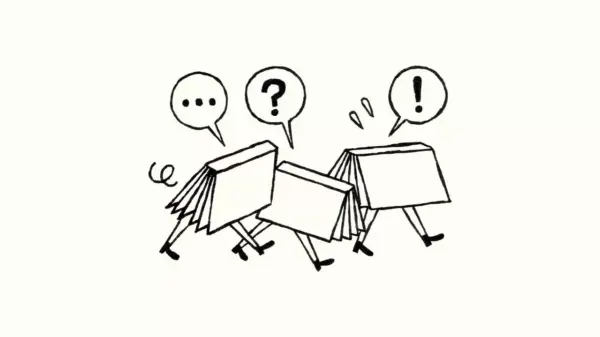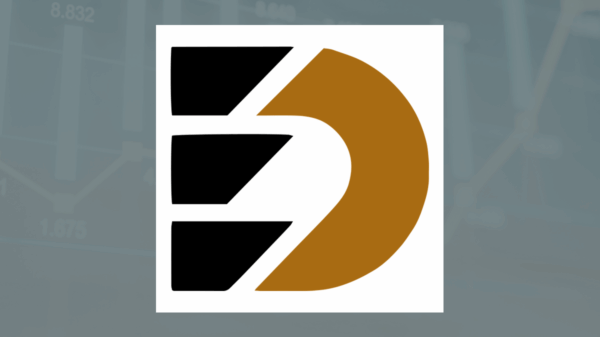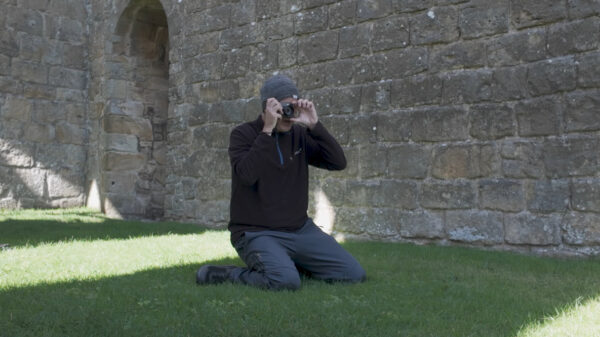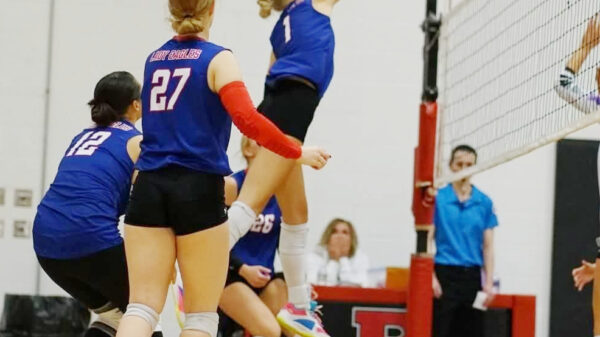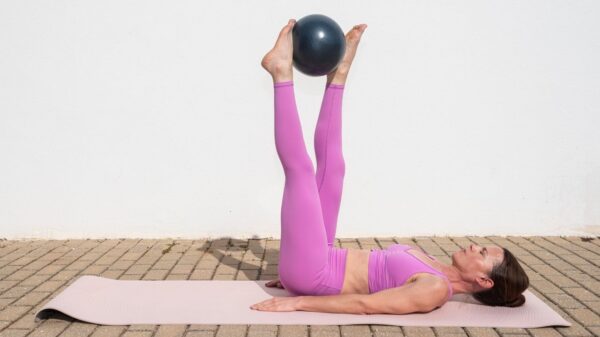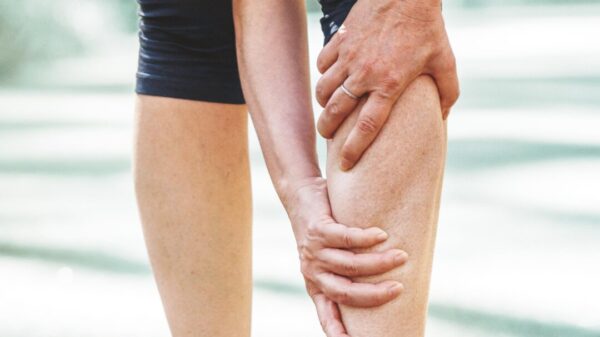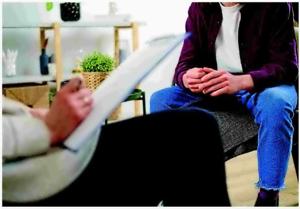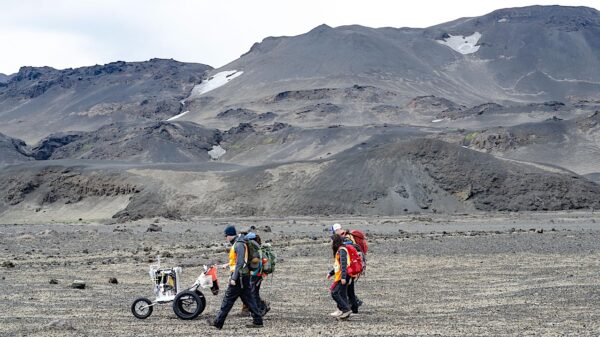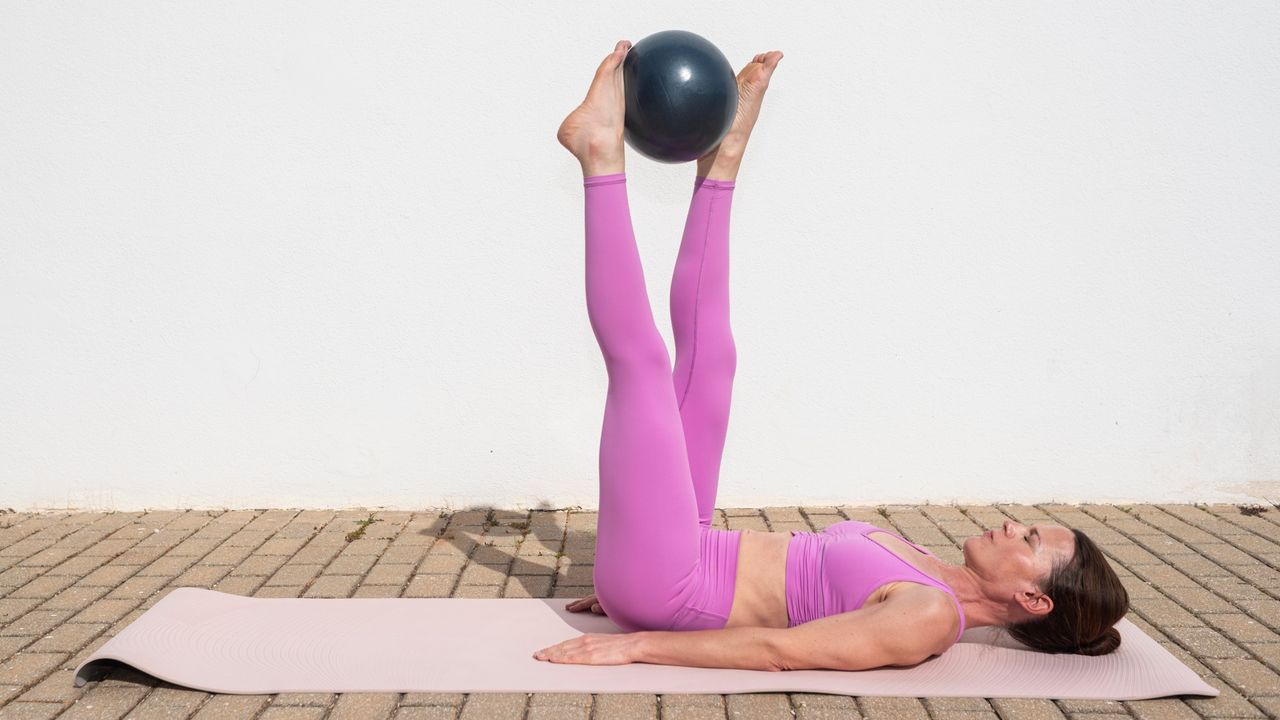As the popularity of Reformer Pilates continues to rise, many enthusiasts face the challenge of accessing the equipment, which can be expensive. Fortunately, Pilates can be effectively practiced at home with minimal equipment. Personal trainer Fiona Kavanagh from LDN Fitness has developed a series of five exercises that utilize a Pilates ball, allowing individuals to build full-body strength without the need for a reformer.
These exercises not only enhance core stability but also improve balance and create lean, sculpted muscles. Kavanagh emphasizes that these movements are accessible to both beginners and experienced practitioners, making them ideal for anyone looking to improve their fitness. All that is required is a yoga mat and a Pilates ball, which can typically be purchased for under $10.
Five Essential Pilates Ball Exercises
Kavanagh has curated five specific exercises that focus on controlled movements to build strength, flexibility, and balance. Each exercise is designed to be performed for 10-15 repetitions, followed by eight pulses to maximize effectiveness. Here are the exercises:
1. **Kneeling Leg Lift**
This exercise begins on all fours with your hands under your shoulders and knees aligned beneath your hips. Place your left knee on the ball while extending your right leg straight back. Engage your core and lift your left foot off the ground for stability. Raise your right leg by squeezing your glutes, then lower it back down with control. This movement targets the core, hamstrings, glutes, and hip abductors.
2. **Curtsy-Style Donkey Kicks**
Transitioning from the kneeling leg lift, bend your working leg and draw it across your body in a curtsy motion. Then drive your toes upward. This exercise requires full engagement of your core and glutes, enhancing strength in the core, hamstrings, quads, and glutes.
3. **Side-Lying Hamstring Curl**
Lie on your side with the Pilates ball positioned under your knee. Support yourself with your left arm at a 90-degree angle while extending your right arm out for balance. Lift your right knee in line with your hip, extend your leg fully, and then bend your knee back in with control. This move works the core, hamstrings, glutes, and hips.
4. **Side-Lying Obliques**
Position yourself on your side, arms and legs extended in a wide V-shape. Hold the ball in your top hand while your bottom hand lightly presses into the mat for support. Engage your thighs and lift both your legs while raising the ball toward your toes. Lower your body with control to complete the repetition. This exercise focuses on the obliques, rectus abdominis, and hip flexors.
5. **Side Plank Hip Dips**
Begin in a side plank position with the ball squeezed between your thighs. Lower your hips toward the mat and then raise them back to the ceiling. Maintain shoulder alignment to activate your lats effectively. This exercise strengthens the abdominals, obliques, and lats.
Benefits of Pilates at Home
The exercises outlined by Kavanagh demonstrate that Pilates can be adapted for home practice without the need for expensive studio classes or specialized equipment. The core movements, which may appear gentle, are highly effective. When performed consistently and with proper form, these exercises can significantly enhance overall body strength, mobility, and posture.
Incorporating Pilates into a home workout routine not only helps in achieving physical fitness goals but also fosters a deeper awareness of body mechanics. As individuals seek affordable ways to maintain fitness, the use of a Pilates ball can offer a practical solution.
With just a mat, a ball, and a little space, anyone can engage in a fulfilling Pilates workout that promises to deliver results. Whether you are a seasoned practitioner or a newcomer to fitness, these exercises provide an excellent opportunity to cultivate strength and stability.


















